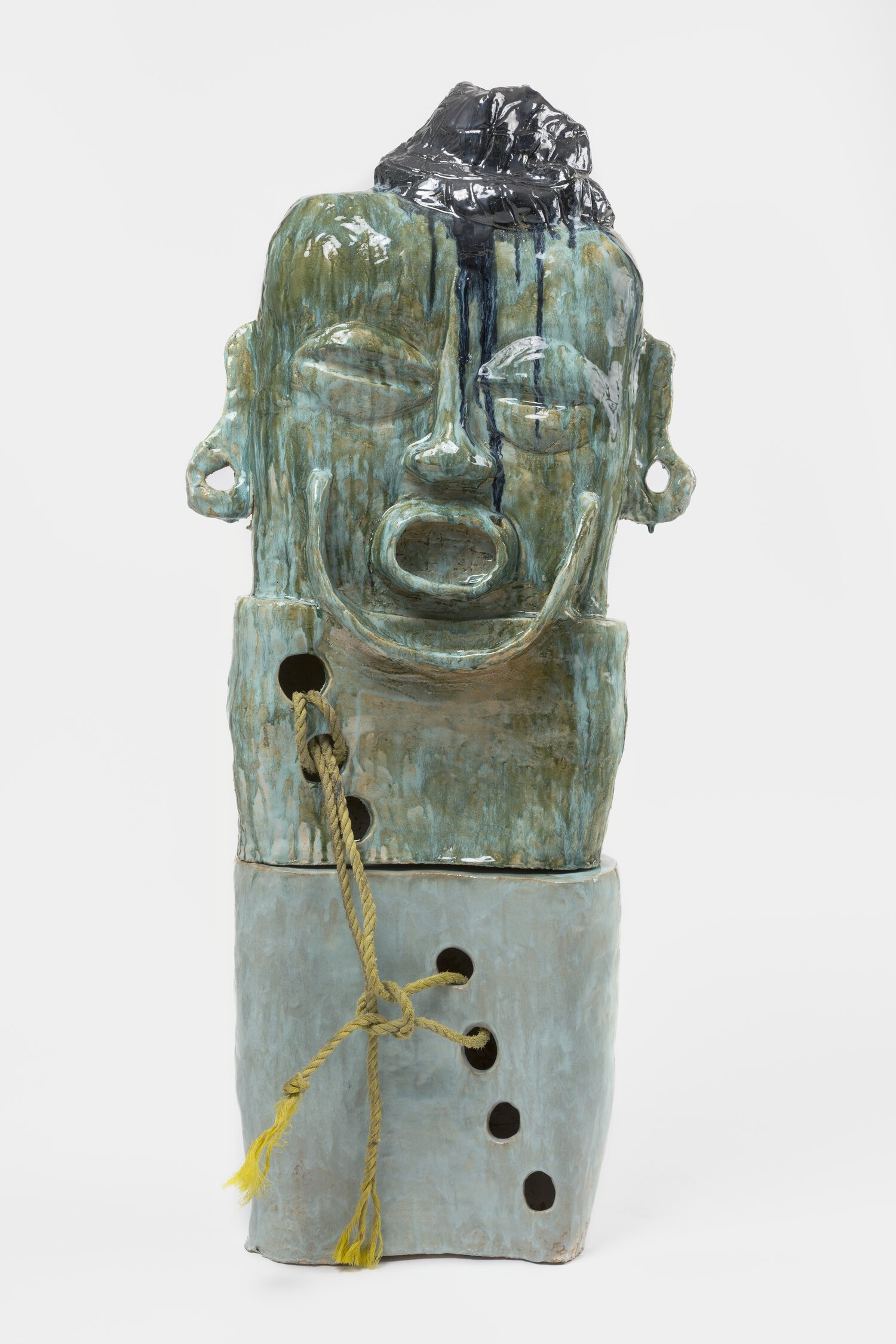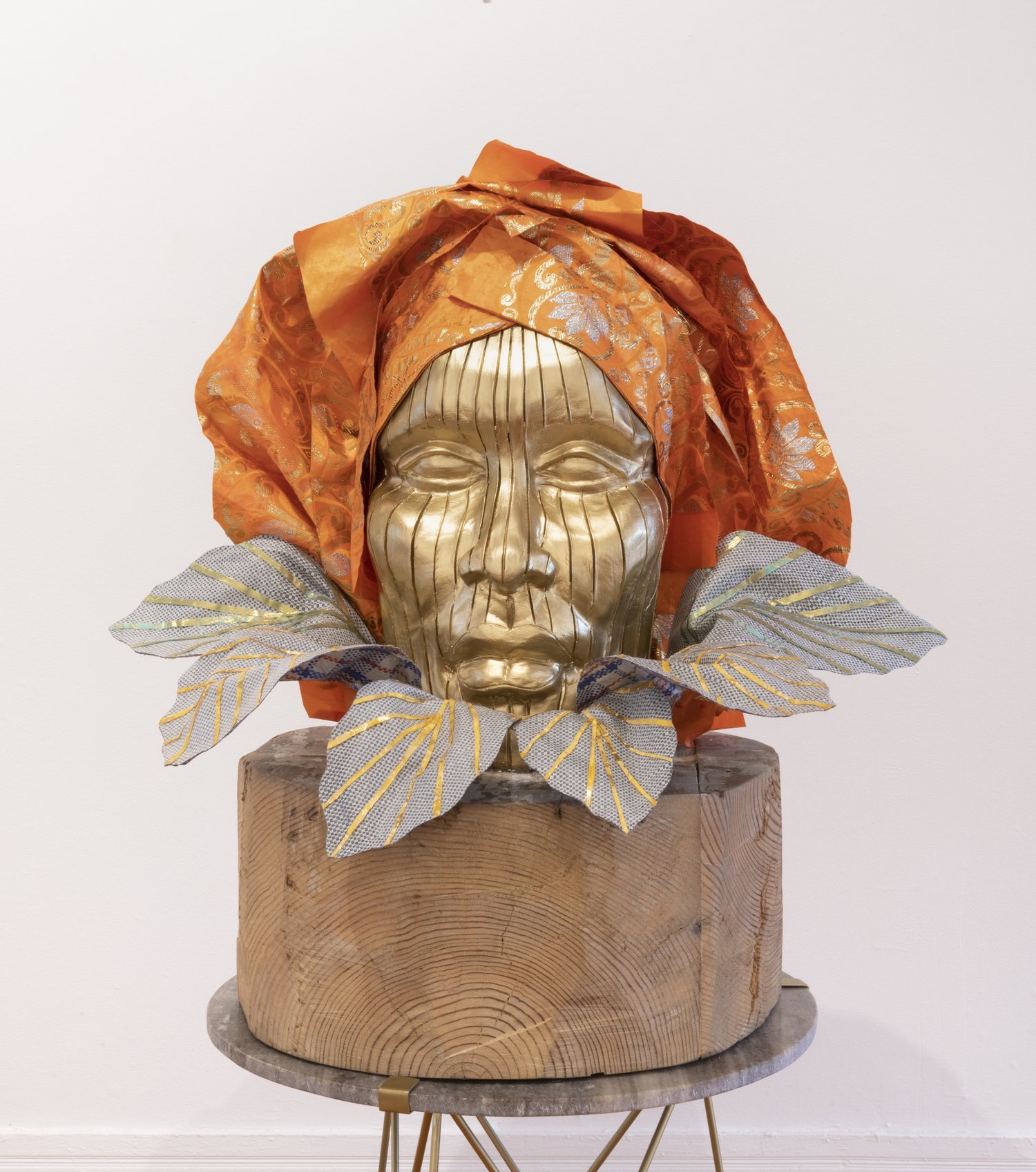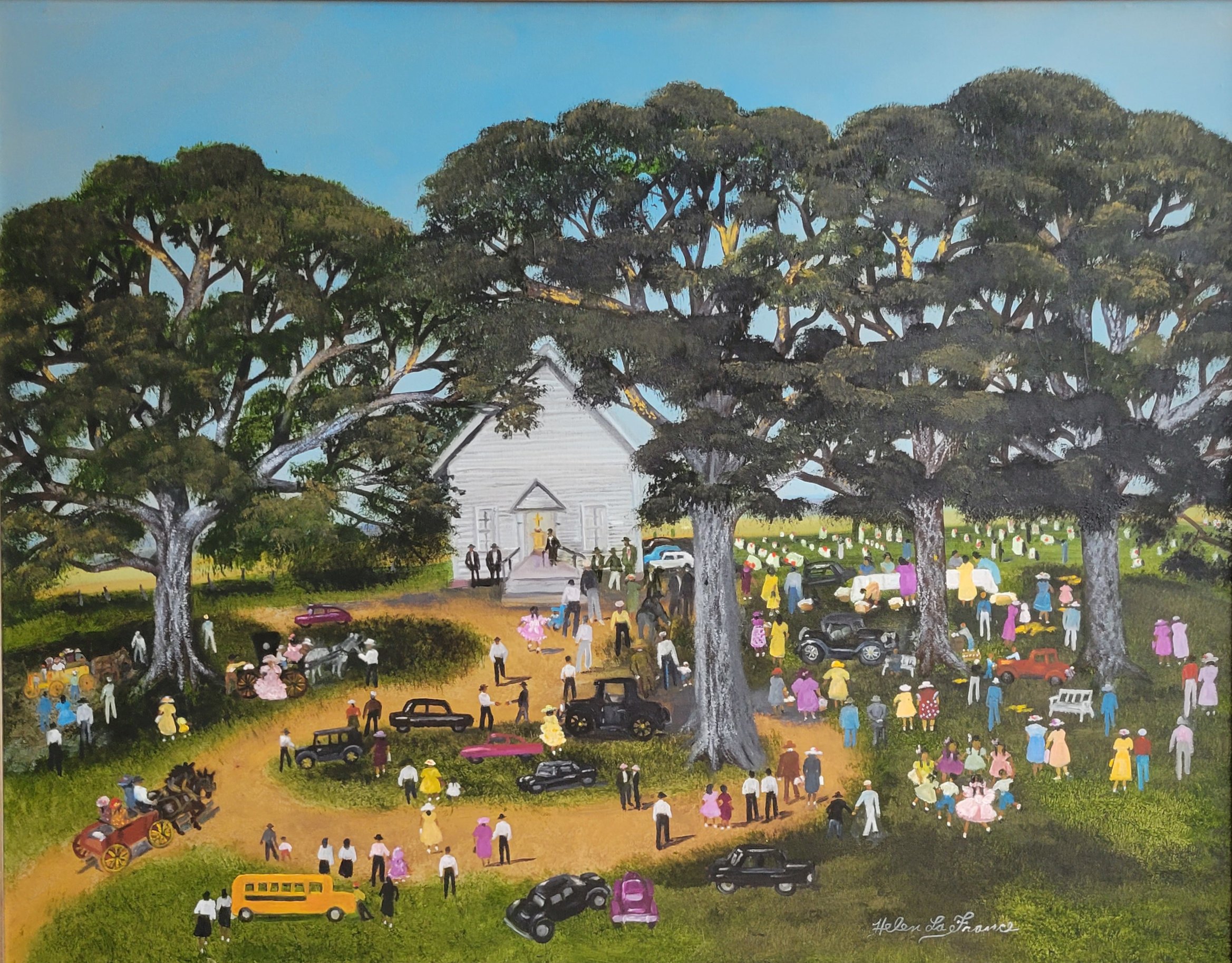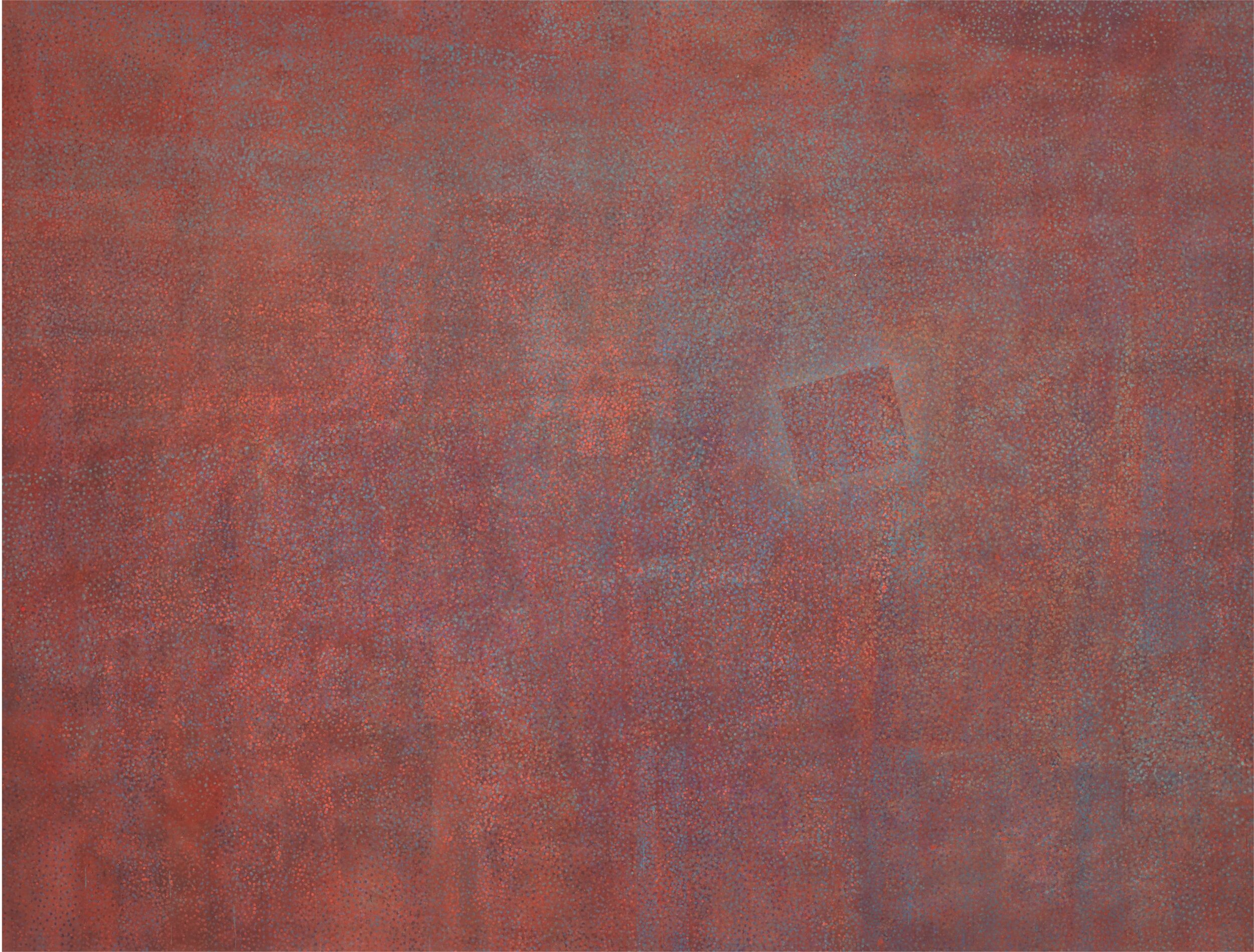
Dindga McCannon
The assassination of Malcolm X on February 21, 1965 caused a ripple effect in African American arts communities throughout the United States. As a result, the aesthetic expression of Black Nationalism manifested itself as the Black Arts Movement—in the case of artists, it was the creative voice of Black Power shouting visually. New York-based collective Where We At Black Women Artists, Inc. (WWA) began exerting its aesthetic autonomy as a direct result of BAM’s influence. The collective reacted to the lack of representation of Black women by major galleries and museums. Along with Dindga McCannon (born 1947), its founding members included Kay Brown, Faith Ringgold, Carol Blank, and Pat Davis. In an interview, McCannon stated that when phone calls were made to Black women artists, the common greeting seeking recruitment was “Where we at?”1 Hence, the collective Where We At came into existence. Preceding her membership in WWA, McCannon joined and exhibited with the Harlem- based collective Weusi Artists in 1965. Art historian Lisa Farrington explains that this collective saw no separation between activism and art; in fact, the group’s name is the Swahili word for black, further actualizing its mission of connecting art with the Black community.2 Though Weusi, McCannon received encouragement and learned how to frame and promote her art.3
The direction of McCannon’s art is logical given her membership in two Black arts collectives. Black Family (1980), a mixed-media work on canvas consisting of oil, metallic paint, and fabric collage, brings significant attention to the presence of the father in dreadlocks as an active participant and nurturer who assists with the care of his child. His joyful facial expression in the midst of drying off the hair of this youth while the mother patiently watches demonstrates the peaceful connection between all three. A first reading of this work suggests the artist’s intentionality regarding the repetition of rectangle, square, and cube to signify stability and strength. Additionally, the hue choices of Hershey brown for skin tones and the father’s dreadlocked hairstyle suggests an honoring of Black culture. This work is in continuity with the mission of WWA, which emerged during the era of the Women Liberation Movement. Yet, as founding member Kay Brown reiterated in her essay published in the International Review of African American Art (1998), the collective’s struggle concentrated on racial discrimination, not just sexism.4 Although the members agreed about the disparities experienced by Black women in regard to economic and artistic equity, alienating themselves from Black male artists was not their agenda.
Given the rare portrayal of the Black father in African American art produced in the late 19th through the mid-20th-century, this work is significant. It falls within the category of art by African American artists of the 1960s who filled this void—the positive portrayal of the Black family, especially the role of the father. Black Family is one of a number of artistic treatments on the theme created during the late 1960s and early 70s, including Wadsworth Jarrell’s Black Family (1969) and Jae Jarrel’s Ebony Family (1968), which depicts a father holding his infant while the mother holds the child’s hand. Other examples include Say it Loud (1968) by Gerald Williams, Pops (1970) by Carolyn Lawrence, and Boss Couple (1970) by Wadsworth Jarrell, in which the artist uses acrylic on canvas to depict himself with his son. Overall, McCannon’s work within the larger context of African American artmaking speaks to a versatility and honest approach to elevating the Black Family. By showing a courageous consistency toward the subject of the father with his family, her interpretation with mixed media builds on Black predecessors who made a conscious decision to create art that honored the culture.
Richard Allen May III
1 Dindga McCannon, interview with the author, March 2022.
2 Lisa Farrington, African American Art: A Visual and Cultural History, (New York: Oxford University Press, 2017), 256.
3 Susan Dryer, “Dindga McCannon” in Gumbo Ya-Ya: Anthology of Contemporary African-American Women Artists, (New York: Midmarch Press, 1995), 157.
4 Kay Brown, “The Emergence of Black Women Artists: The 1970s, New York,” in International Review of African American Art 15, no. 1 (1998): 45-52.


























